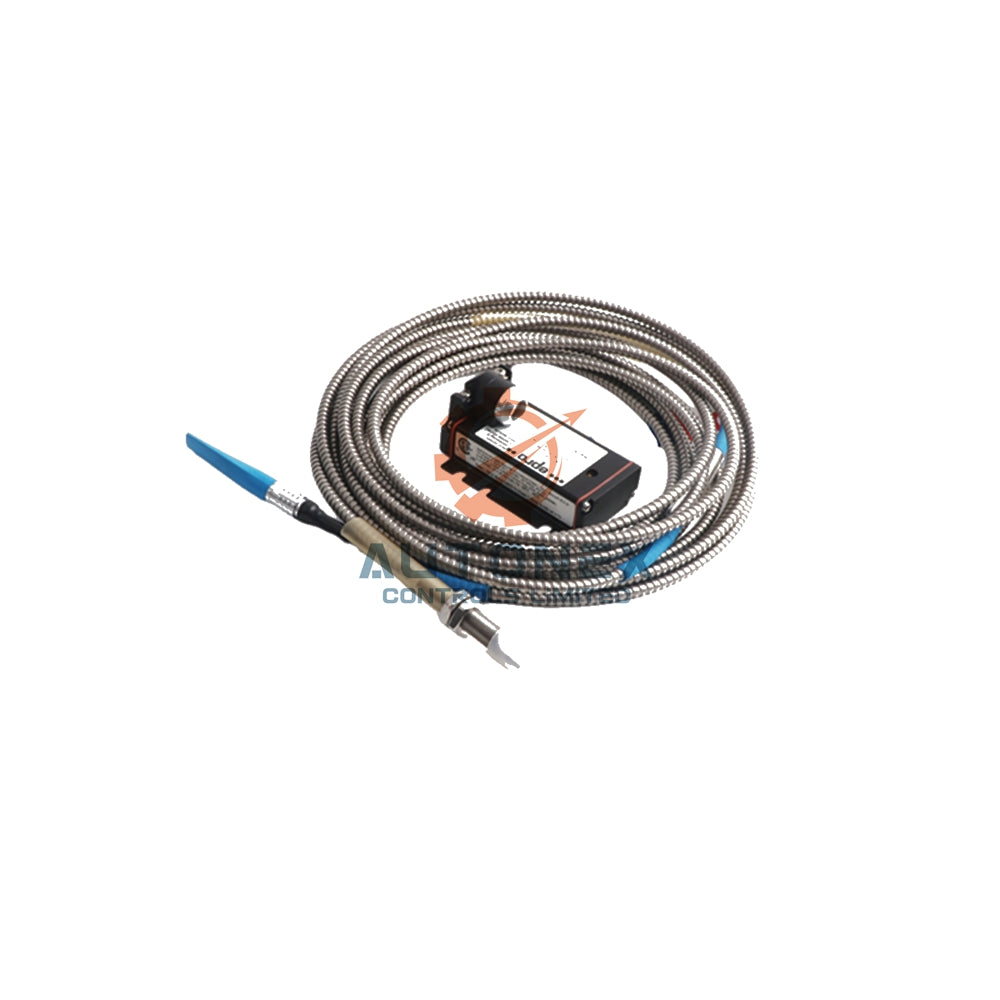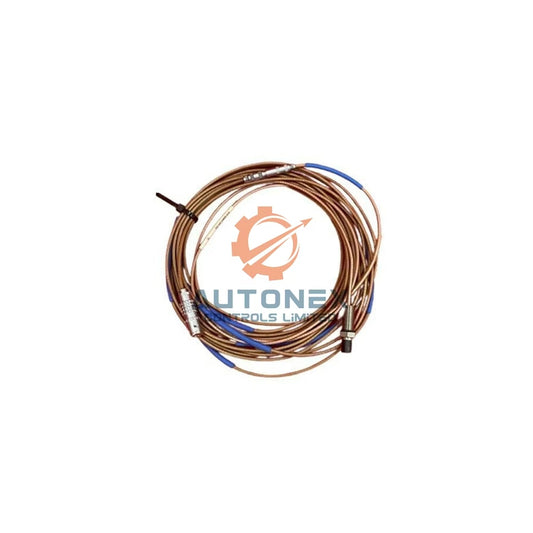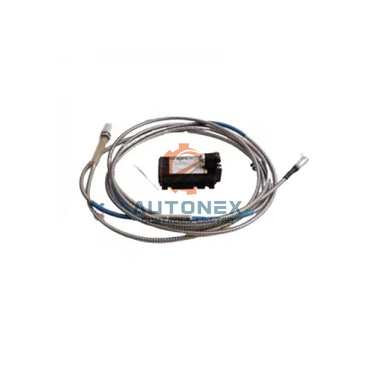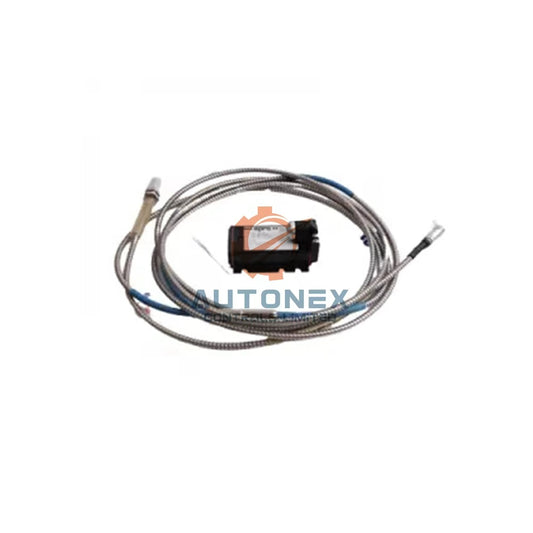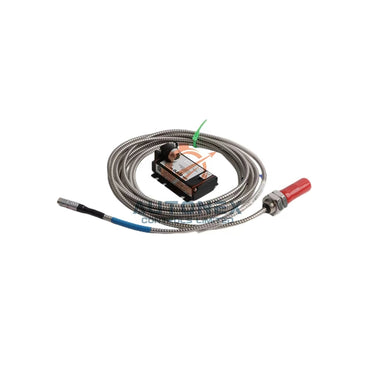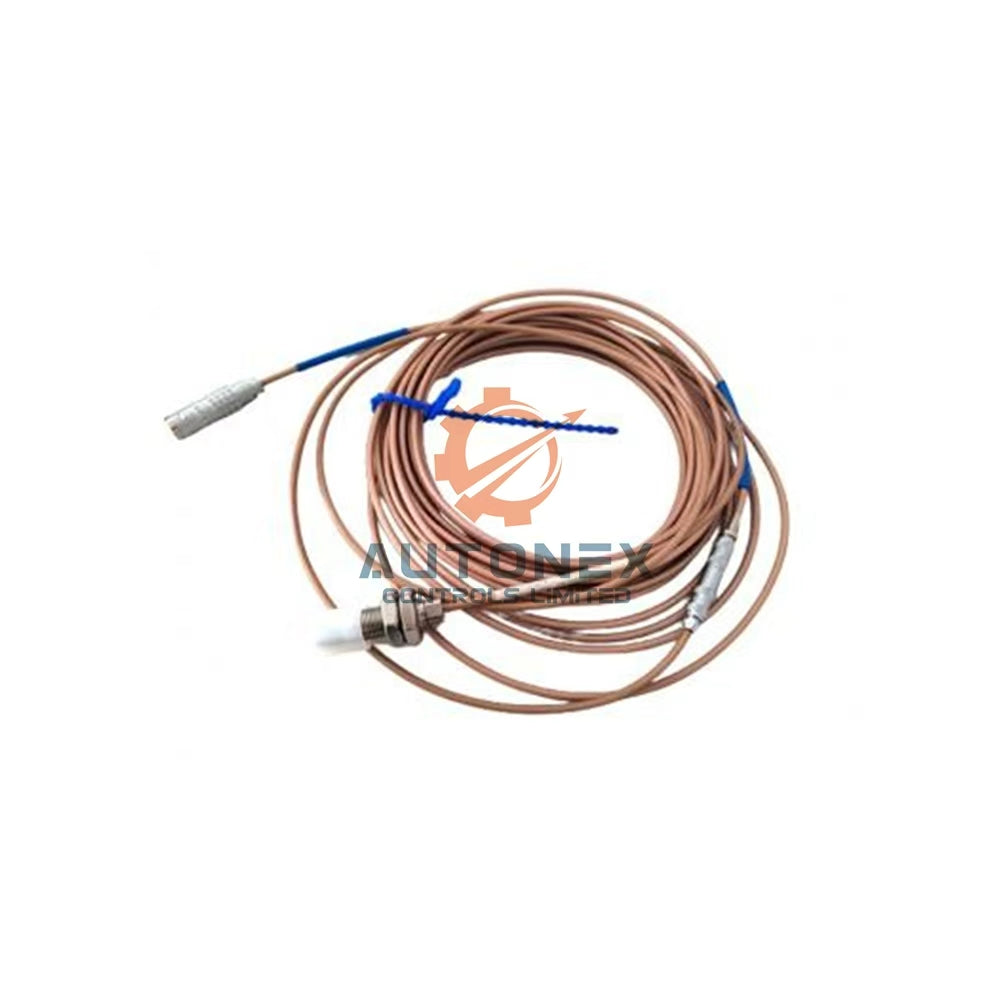10 Essential Cabinet Cooling Strategies for Reliable VFD Operation
Understanding Thermal Impact on Drive Components
Every 10°C temperature increase above rated specifications can reduce electrolytic capacitor lifespan by 50%. This thermal stress also damages power semiconductors, causing unexpected shutdowns and performance reduction. Many unexplained faults actually stem from thermal issues rather than electrical problems. Insufficient airflow, elevated ambient temperatures, and contaminated filters gradually undermine performance long before visible damage occurs.
Accurately Calculate Thermal Load Requirements
Begin by estimating heat dissipation using manufacturer data sheets. Include losses from drives, power supplies, PLCs, and control relays. Target temperature rise should remain below 10-15°C above ambient conditions. Select cooling equipment with 15-25% capacity exceeding your calculated heat load. Many installers underestimate thermal loads, especially when multiple drives share enclosures. Always account for braking resistor surges and motor inrush currents in your calculations.
Establish Effective Airflow Patterns
Create unidirectional airflow from bottom to top cabinet sections. Position drives directly within the airflow path to eliminate hot spots. Implement air guides or plenum baffles to direct cooling across heat sinks. Without proper guidance, air follows easiest paths rather than optimal cooling routes. Combining forced and natural convection improves cooling efficiency by approximately 30%.
Implement Thermal Zoning Strategies
Separate high-heat components like drives and braking resistors into dedicated hot zones. Protect sensitive electronics including PLCs and HMIs by placing them in cooler sections. This separation prevents thermal interference with control signals and measurement accuracy. Thermal zoning also simplifies troubleshooting by localizing temperature issues.

Maintain Proper Filtration and Air Pressure
Install MERV-8 or higher rated filters in contaminated environments. Establish regular filter maintenance schedules using differential pressure monitoring. Even partially blocked filters can double internal temperatures by restricting airflow. In oily conditions, high-efficiency filters prevent conductive residue accumulation on circuit boards.
Control External Environmental Factors
Maintain cabinet ambient temperatures below 40°C (104°F). Consider heat exchangers or enclosure air conditioning in warm facilities. Avoid panel placement near heat sources like ovens or under direct sunlight. Each temperature reduction significantly extends component lifespan.
Manage Braking Resistor Heat Effectively
Mount braking resistors externally or in separately ventilated compartments. Size resistors for peak braking demands rather than average cycles. These components can generate substantial heat during deceleration, rapidly increasing cabinet temperatures if not properly isolated.
Optimize Electrical Connections to Minimize Heat
Use appropriately sized conductors to reduce resistive losses. Ensure proper terminal torque specifications to prevent arcing and connection heating. Implement correct grounding practices to minimize high-frequency circulating currents. Loose connections and undersized wires create hidden heat sources that worsen over time.
Prevent Contaminant Accumulation
Implement filtered positive pressure systems in dusty environments. Schedule regular interior cleaning using compressed air and vacuum equipment. Never blow debris into active drives. Dust layers act as thermal insulation, trapping heat against components. In humid conditions, contamination can create conductive paths leading to short circuits.
Implement Predictive Monitoring Practices
Track heat-sink temperatures, fan performance, and internal ambient conditions. Monitor DC-bus ripple patterns to assess capacitor health. Establish rate-of-change alarms for early thermal issue detection. Continuous monitoring transforms maintenance from reactive to predictive, allowing issues to be addressed weeks before failure occurs.
Develop Proactive Maintenance Planning
Maintain replacement fan kits and filter inventories. Replace cooling fans every 3-5 years as preventive maintenance. Keep validated spare drives for critical production lines. Update thermal documentation when modifying cabinet layouts or adding equipment.
Technical Analysis: Thermal Management Trends
Modern VFD systems increasingly incorporate integrated temperature monitoring and smart cooling control. The industry shift toward predictive maintenance aligns with IIoT principles, enabling remote thermal management. Proper cooling design now serves as both reliability strategy and energy efficiency measure.

Application Scenario: Conveyor System Upgrade
A packaging facility experienced repeated VFD failures on their main conveyor line. Investigation revealed inadequate cooling for 75HP drives sharing enclosures with braking resistors. The solution involved external resistor mounting, upgraded filtration, and supplemental heat exchangers. Resulting drive lifespan increased from 9 to 28 months, with projected annual savings of $18,000 in replacement costs and downtime.
Implementation Checklist
• Calculate thermal load with safety margin
• Verify unidirectional airflow pattern
• Establish filter maintenance schedule
• Isolate braking resistor heat
• Implement temperature monitoring
• Maintain critical spare components
• Document thermal management procedures
Frequently Asked Questions
How often should cabinet filters be replaced?
In typical industrial environments, inspect monthly and replace every 3-6 months. Dusty conditions may require monthly replacement.
What temperature differential indicates cooling problems?
Consistent temperature rise exceeding 15°C above ambient signals insufficient cooling capacity or airflow restriction.
Can VFD cooling fans be cleaned and reused?
While possible, fan replacement typically provides better reliability. Cleaning often redistributes contaminants into bearing systems.
How does ambient temperature affect drive rating?
Most drives require derating above 40°C ambient. Consult manufacturer specifications for exact temperature compensation factors.
What monitoring parameters predict cooling failures?
Track heat-sink temperature trends, fan current draw, airflow pressure differential, and DC bus ripple patterns.
Check below popular items for more information in Autonexcontrol




